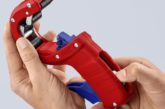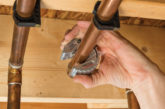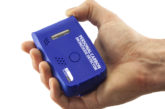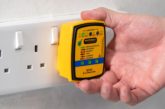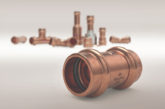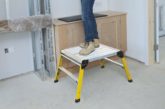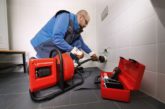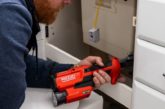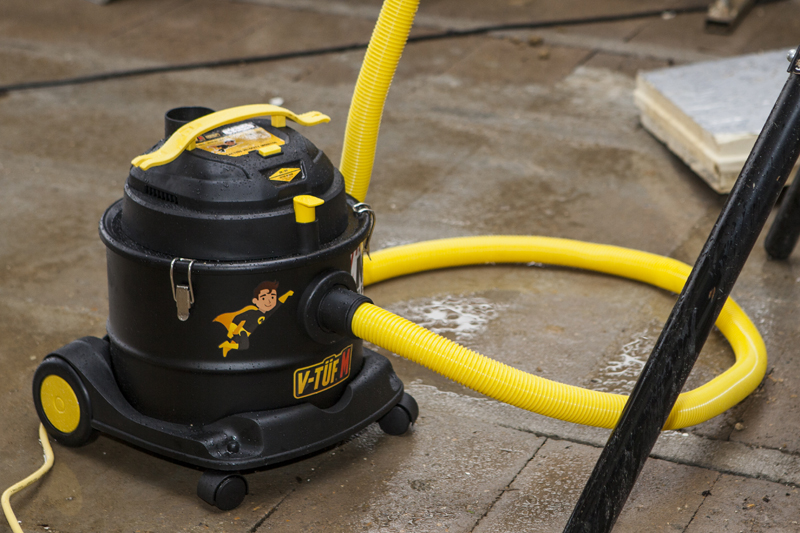
Roger Bisby takes a look at the V-TUF M dust extractor as well as the current specifications surrounding the use of these products.
The subject of dust extraction can be slightly confusing. An extractor is now the minimum specified for site use because you have a duty to protect not just yourself, but your fellow workers and building occupants from the dust you generate.
An M Class extractor gives you an indication of when the air flow velocity drops below 20 metres per second. This is the speed of the air, not the volume, and it normally indicates that the bag or filter needs replacing or cleaning. With the L Class this is not required and you can, in theory, continue using it without realising that it is not only not collecting the full amount of dust from your power tool, but it may also be pumping that dust through the filter and the motor and back into the work area.
There is also a small difference in the filtration levels of the two classes. The difference between the filtration levels of 99% for L Class and 99.9% for M Class might seem insignificant but it becomes very important when you are removing hazardous materials such as sawdust, asbestos, lead paint or silica dust. You should also bear in mind that airborne dust can float around all day long, so having it pumped back into the air is almost worse than not picking it up in the first place.
The drawback with M Class is often the price and, considering the small extra cost in making an M Class over an L Class, it can only be that some manufacturers know you have to buy the higher priced model and load it up. It is my contention that they should not even bother making the L Class extractor.
The V-TUF M is excellent value for money. It is around the same size and shape as a Henry but more powerful, and will appeal to all those jobbing tradespeople like myself who need to carry a dust extractor/cleaner. The fact that it is small enough to keep in the van, and comes with a range of optional accessories, makes it the ideal choice.
I also like the fact that the bags are just over a quid each and the filter is washable. If it begins to look a bit dirty or clogged, you can clean it by operating the switch or you can take it off and put it in the dishwasher. That way the dust is safely washed away rather than drying out on the ground.
The other feature I really like is the blower on the outlet. You simply plug the hose in the top and you have a blowing unit for clearing kitchen and bathroom waste pipes and even blowing out central heating pipes ready for soldering. The hose is lightweight so it doesn’t impede the use of power tools but it has a tendency to fold if you twist it. I could see myself cannibalising a better hose from a defunct extractor at some point.
There is also no power take off for a power tool so the only way to get automatic simultaneous operation is to use the V-TUF Synergy socket that gives you the option to plug the extractor and a power tool into a two gang socket.
The filter of the V-TUF M Class is a HEPA filter and is certified as H-13 rated, with the testing and inspection having been carried out by Intertek testing laboratories. This H-13 rating of is above the usual H-12 HEPA rating for standard M Class Dust Extractors.


